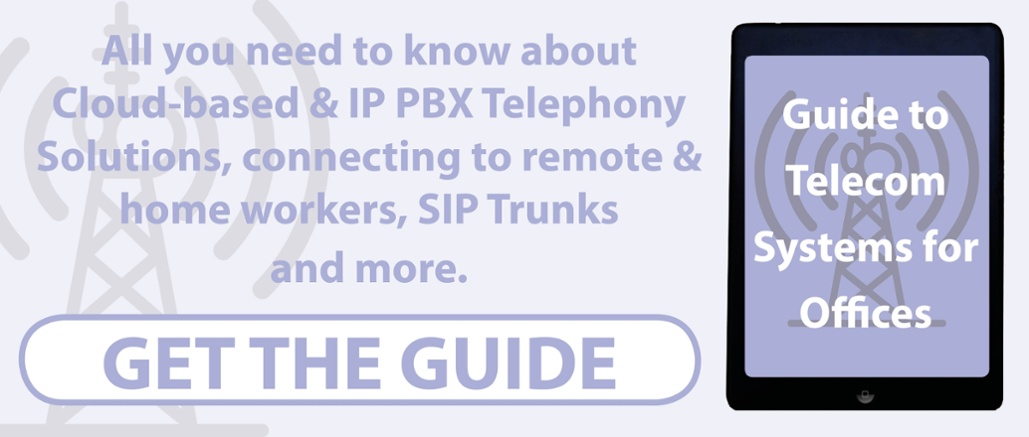
Changing telecommunications technology often means investing in the latest gizmos, but is an upgrade to SIP telephony really needed?
You may have read it already. There is a change coming in the way network operators will provide lines to businesses – and it isn't that far away. If so, then you could be forgiven for thinking that you need to make an alteration to your current telephone system in the near future. However, it is worth taking a step back and surveying the new telecommunications frontiers before rushing to make any short term changes that you might think – or be told – are needed.Whenever British Telecom (BT) make a large change to the way they provide services, there can be a stampede as businesses and consumers rush to alter their operations. Don't get caught up in the hype that surrounds BT's move to SIP telephony. Only make changes that will be of benefit to your commercial needs, especially if they are likely to change in the future.
The Switch to SIP Trunks
Although BT has not had a monopoly on providing telephone services for years, the fact is that they remain the largest operator in the business and many of the services offered by other network operators are provided via BT-owned exchanges. So when the biggest operator in the UK announced that it would stop providing two types of commonly used telephone line, there can be a bit of a media storm that ensues.
Nevertheless, BT's decision to switch off public switching telephone network (PSTN) services and to do the same for integrated services digital network (ISDN) is likely to be far reaching. They will put SIP trunks in their place, they say, by 2025.
Confused by the terminology? Don't worry, many people are. In short PSTN lines are analogue connections that come into your business just the same sort of line you probably have at home. ISDN lines are are digital circuits, either providing 2 or up to 30 channels via a single circuit. If you have a business telephone system (PBX) that was made in the last thirty years or so, then the chances are that it will connect to the outside world via ISDN or PSTN connections. Many PBXs offer both connection types.
Business Telephone Systems and SIP Trunks
It is important not to start decommissioning your current telephone lines and replacing them with the new technology. Given that there are eight years before the big switch off (at least) there is no particular rush to switch immediately. Furthermore, if you ask your network operator to transfer your telephone numbers over to SIP trunks, then your PBX may simply cease to function overnight. This is because a good many PBXs in use in the south of England, particularly Buckinghamshire, Oxfordshire and Berkshire, are not compatible with SIP trunks. They might function perfectly with PSTN lines or ISDN connections, but they might not work with the new telephony services. You'll need to check what is possible before making any changes.
What Next?
Some PBXs may be able to be upgraded with new modules so that they will be compatible with SIP trunks. . If so, then you'll probably need to budget for SIP module or card in your phone system and some engineering time to install and commission them. For businesses with PBXs that have no such flexibility, then buying a new system is likely to be the best option. If so, any equipment you buy will obviously need to be compatible with SIP trunk connections, but also capable of meeting your growing demands.
Ask yourself some key questions before diving into the process of buying a new telephony solution. Will it be capable of providing enough extensions? Can it handle enough SIP trunks? Does it support conferencing? Can staff working at home or on the road have better access to the solution? Can you new solution help us to improve customer service or the way we train staff? Do you need to consider an IP PBX or cloud-based services, too? How will your PBX's functionality be impacted? In other words, will you still have the same features you are currently used to?
Before rushing headlong into purchasing decision that will 'futureproof' your enterprise against the change to SIP technology, it is worth consulting experts who can look at all of your business communications needs and design a solution that fits the bill.. Bear in mind that you may not be able to purchase any more ISDN or PSTN services from BT from around 2020, but – even if you predict you will need a greater number of connections down the line - this still gives you adequate time to make a measured decision. Short-term gains from a quickly installed telephone system that is SIP compatible may turn into long-term downsides if your future commercial requirements are not met in full.





